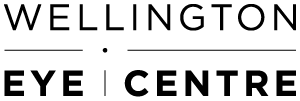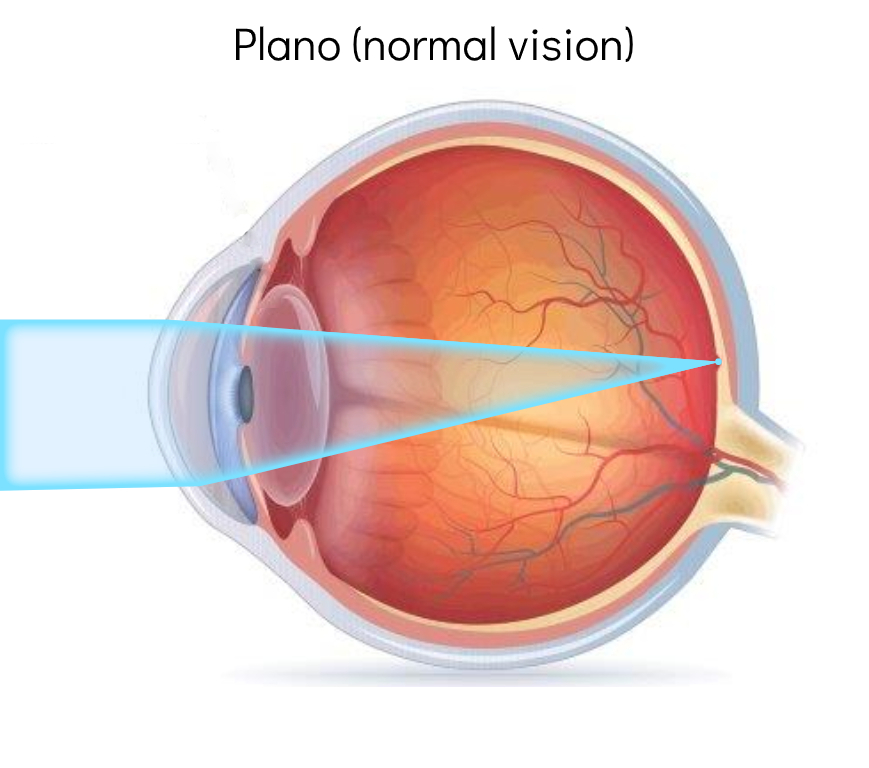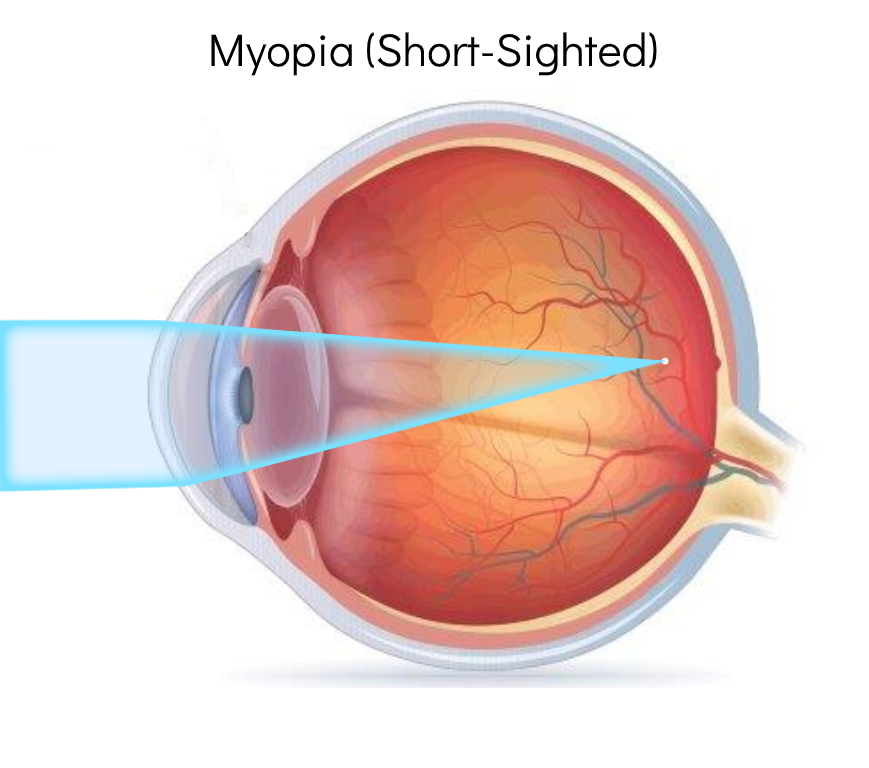
Written By Dr Andrew Logan Wellington Eye Centres Ophthalmologist
What is myopia or short-sightedness?
It’s important to understand what myopia means and why it occurs. Being myopic means that you have reduced distance vision, but can focus at close ranges. This most commonly occurs because the eye is too long and the cornea too steep for the focusing system. This means that rays of light entering the eye are not focused on the retina, but are instead focused in front of the retina. Learn more about how we see from Dr Andrew Logan.
When does short-sightedness develop?
Myopia tends to develop in the pre-teen or teenage years and often continues to get worse into the 20s. This progression may stop in the early 20s, but for teenagers who become significantly myopic, the progression of myopia can continue for longer and to a much greater extent, to the point where significant visual impairment can occur. The underlying cause of myopia is that the eyeball becomes increasingly long which means that light rays focus in front of the retina (the tissue at the back of the eye) and result in worsening distance vision.
How can myopia or short-sightedness be corrected?
Wearing glasses or contact lenses can correct myopia by shifting the focus point back onto the retina. Laser eye surgery such as LASIK or SMILE® can also correct short-sight. Laser eye surgery is a very safe and effective way to correct these problems and most short-sighted people can have their vision corrected so that they can see well into the distance without glasses. However, it is an expensive upfront cost, it’s not totally risk-free and cannot treat extreme degrees of short sight. You will normally need to wait until you’re about 20 years old, or until myopia has stopped progressing to have laser eye surgery. Those affected by progressing myopia will need to wear corrective lenses for their vision until laser eye surgery can be performed.
How does someone develop myopia?
These days, we are beginning to have a much better understanding of why people become short-sighted. Myopia tends to have a genetic component and can run in families. Currently, there are no gene treatments for myopia. But it is likely that genetic research will eventually allow us to identify people who are at risk of developing myopia and offering treatment to prevent myopia progression.
Research over many years has shown that there are a number of environmental factors which have a strong influence on the development of myopia. The major environmental factors that have been consistently associated with an increased risk of developing myopia include; reduced time spent outdoors, higher educational levels and increased levels of near work.
Time spent outdoors and myopia
There is a strong association between increased levels of myopia and reduced time spent outdoors. Therefore it is recommended you spend over 90 minutes outside every day. There has been a strong association with increased urbanisation and education in Asian countries and the short sight epidemic. Danish researchers carried out studies in Greenland on Inuit; the studies showed that Inuit did not develop myopia until they started to become literate and spent time reading. There is most likely a correlation between myopia from reduced time outdoors and reduced lighting levels indoors.

Increased education and myopia
Studies carried out in the United Kingdom have shown strong evidence that increased education is a causal factor for the development of myopia. It seems that it is not just that short-sighted people spend more time indoors reading and are therefore better educated, it’s the other way around. The more educated you are, the more likely you are to be shortsighted and the worse the short sight may be. Prolonged close work is another important risk factor in myopia. Although it’s not fully understood why.
Other environmental risk factors for myopia development have been suggested including; increased screen time (television computers and personal electronic devices) and living in cities with high population densities. The evidence for these last risk factors is less strong than the evidence for prolonged close work, increased education and less time spent outdoors.
This research is important as it has helped develop strategies for slowing or halting the progression of myopia. This has important health implications because short sight is not a totally benign condition. As well as the poor distance vision that short sight causes and the subsequent need for glasses, contact lenses or laser eye surgery, short sight, particularly when it is extreme, can be associated with a number of medical conditions. These include macular degeneration, retinal detachment and glaucoma, which can cause permanent visual impairment.
Myopia Control
A large amount of research has been carried out to determine the reasons for this epidemic. This research has given us a much better understanding of why people become short-sighted. It is also useful in developing means of preventing or reducing the progression of short sight. The resulting treatments which can slow or halt the progression of myopia are known as myopia control.
What should parents with short-sighted children do?
If you’re a parent with a short-sighted child or you’re a teenager who has started wearing glasses or contact lenses for correction of short sight, there are several things that you can do which may be helpful in slowing or halting progression of your short sight.
Studies have shown that increased time spent outdoors in sunlight and reduced periods of time spent using screens such as computers, smartphones and tablets can be beneficial. For this reason, it’s worth limiting screen time, discouraging reading with poor lighting, and spending more time outdoors in sunlight. These measures may be quite difficult to enforce and probably won’t be enough by themselves to prevent progression of myopia. It’s still worthwhile adopting these suggestions in case it helps to slow the progression of your short-sight.
There are two increasingly popular treatments, which you should consider if you or your child myopia is increasing. These two treatments are becoming increasingly available from many optometrists and ophthalmologists (eye surgeons).
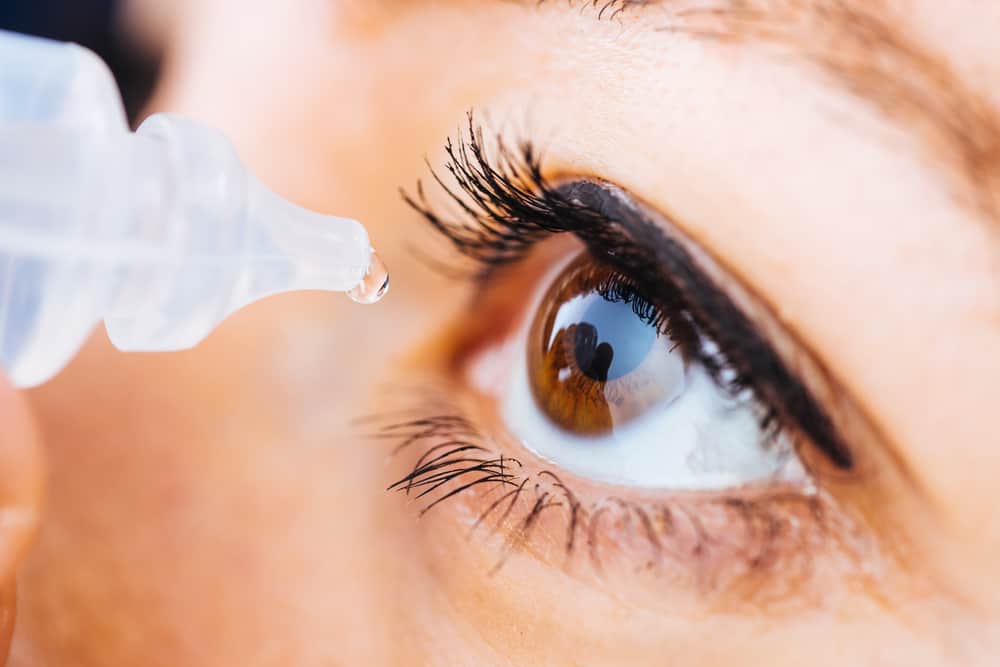
1. Low Strength Atropine Drops
The first treatment involves the use of drops containing a substance called atropine. Atropine dilates the pupil. As well as dilating the pupil, the drops also temporarily relax the focusing muscles, which will make it more difficult to focus close distances. Full strength atropine drops cause increased light sensitivity due to the dilated pupil; making reading and close work very difficult. So initially this treatment was not used a lot, although it has been known for some time that using atropine drops will slow or halt progression of myopia. Fortunately, it has been found that low strength atropine drops, which do not affect reading or dilate the pupil, are very effective at halting progression of myopia, and can safely be used in children for long periods of time.
2. Myopia Control Lenses And Glasses
The second type of treatment involves the use of special contact lenses (Ortho-K lenses or myopia control lenses) or glasses that involve the eyes having to focus less for close. Ortho-K lenses are rigid, gas-permeable lens created specifically for your eye. This lens then flattens the front of the cornea changing how light enters the eye. Most people wear them overnight and don’t need any lens during the day.
Myopia control glasses are often progressive or bifocal lenses. These lenses give the wearer clear distance vision in one part of the lens (usually the top or central) and then also support near-vision work (usually at the bottom or peripheral). This is because when myopic eyes look at objects up close through a single vision lens they often don’t focus sufficiently. The image is then projected slightly behind the retina, instead of directly on it. This can send unintended signals for the eye to elongate, and increase myopia.
Both these treatments can be very effective in controlling myopia when used by themselves, or in combination with atropine drops. Increasing numbers of optometrists in New Zealand can offer these treatments. It is important to understand that any treatment for controlling myopia progression will not reverse existing myopia and will not get adults out of glasses.
What should you do if you or your child are becoming more myopic?
Short sight can be picked up because your child is having difficulty seeing at distance. An optometrist can prescribe and fit glasses or contact lenses. If myopia continues to get worse, which it usually does, you should have a discussion with your optometrist or eye surgeon about the potential of having myopia control treatment started. If your eye practitioner does not provide this service, insist on being referred to another practitioner who does. To find out more check out My Kids Vision for great resources. It also has a quiz that can show how likely your child is to become myopic.
Treatment to prevent progression of myopia is very worthwhile. If this is successful, it will prevent the development of serious complications which can occur with severe myopia, and will also make vision correction with laser eye surgery, glasses or contact lenses much easier and safer.
For more information on myopia or short-sightedness fill out the contact form below or call us on 0800 733 327. Alternatively, book a free assessment to see if you’re suitable for laser eye surgery.
SMILE® is a registered trademark of Carl Zeiss Meditec.

What are the visual requirements for flying, set by the Civil Aviation Authority?
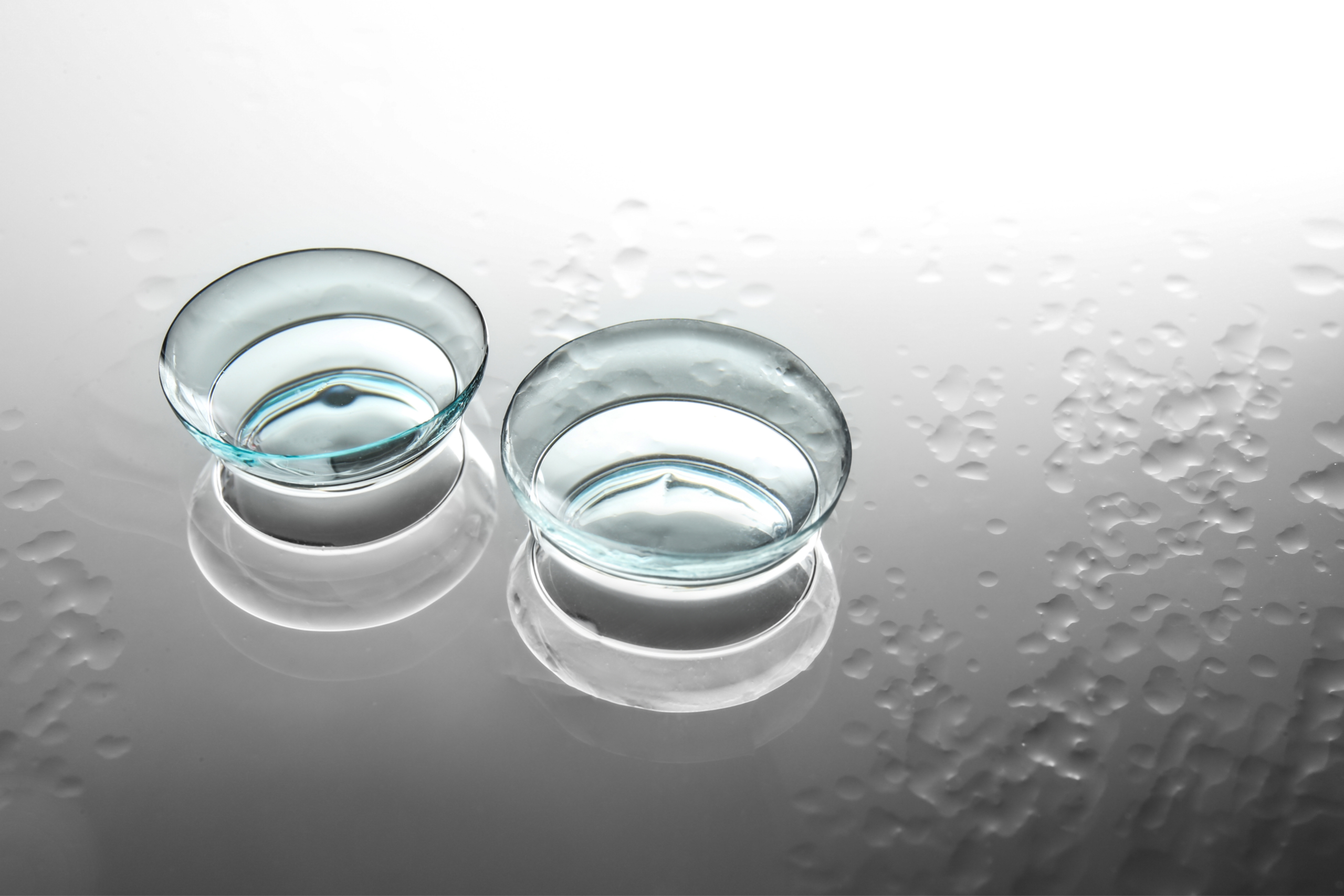
What happens when your vision after laser vision correction surgery is not what you expected?
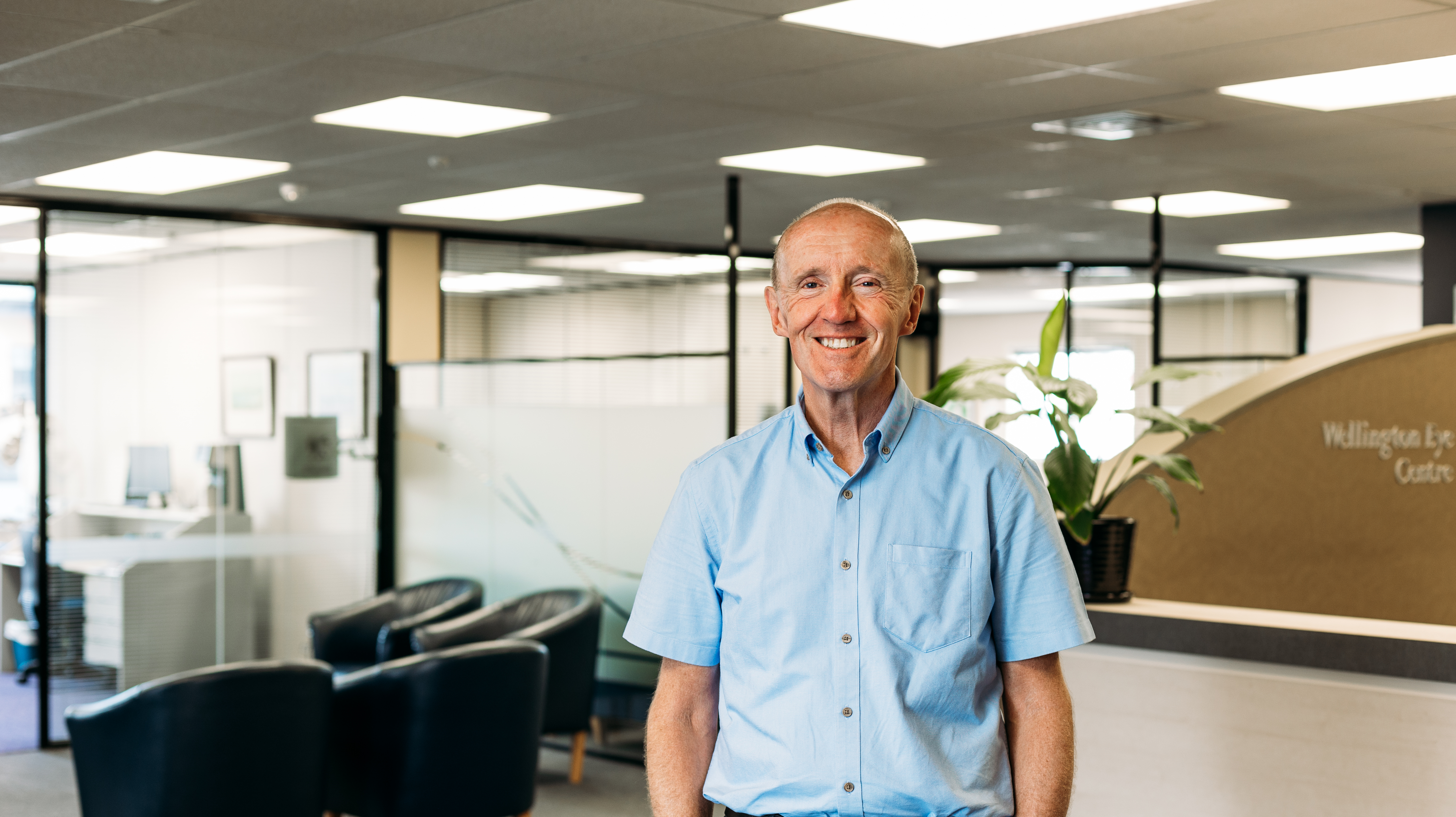
Dr Andrew Logans Innovation Achievements
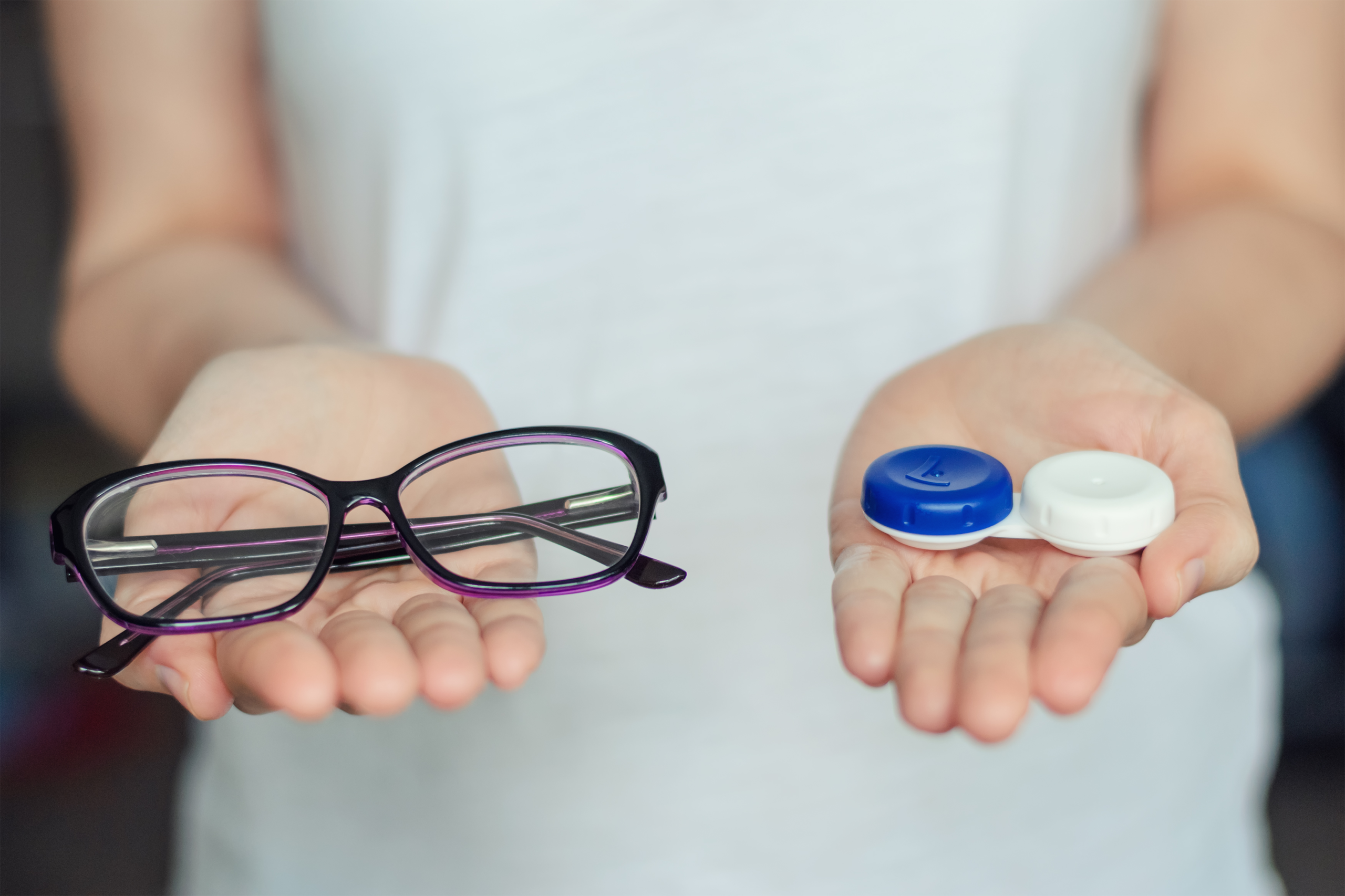
Can’t wear Contact Lenses?

How Does Alcohol Affect Your Vision and Your Eyes?
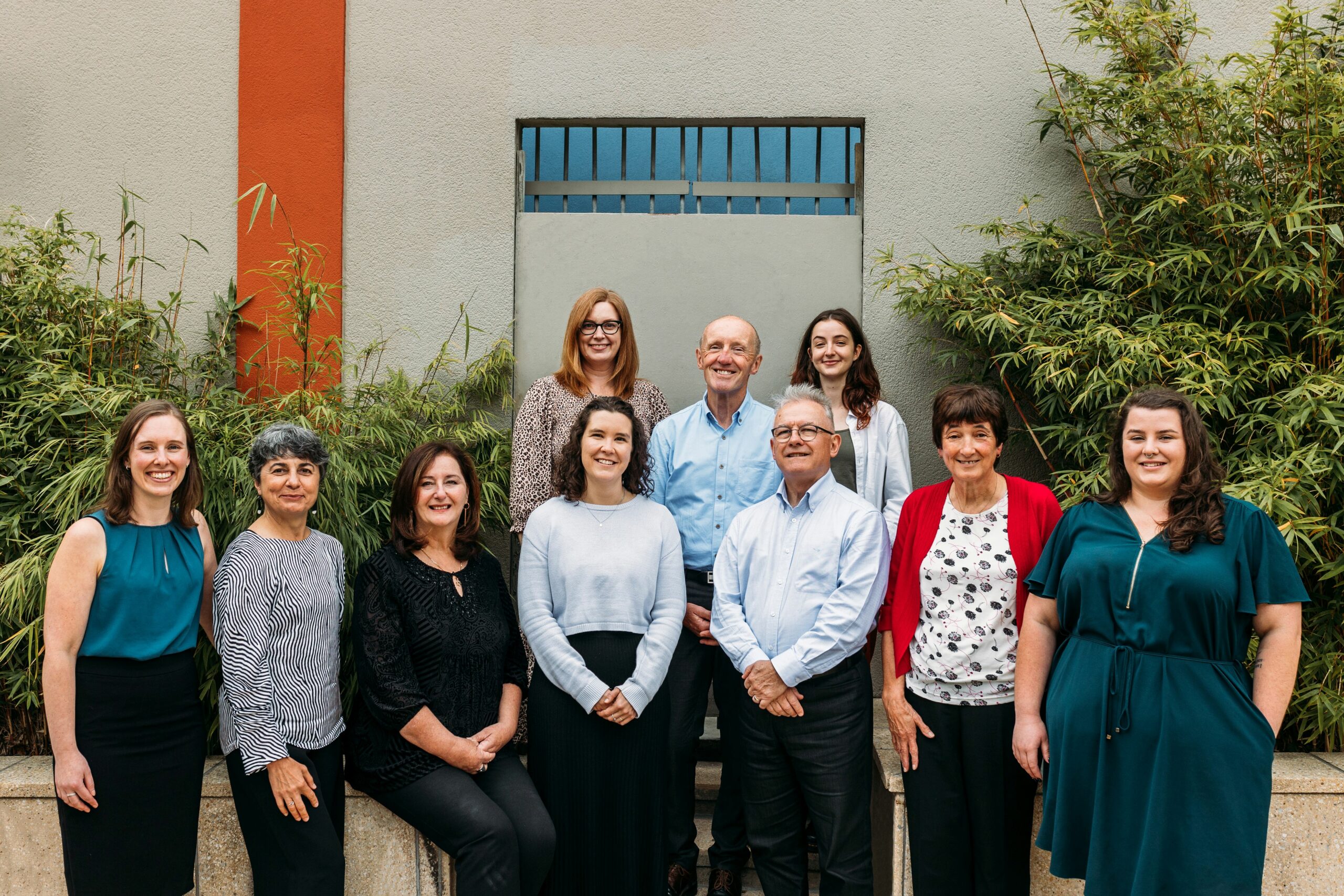
Meet The Team at the Wellington Eye Centre

Festive Season and Your Eyes

Naumi Studio Hotel Wellington
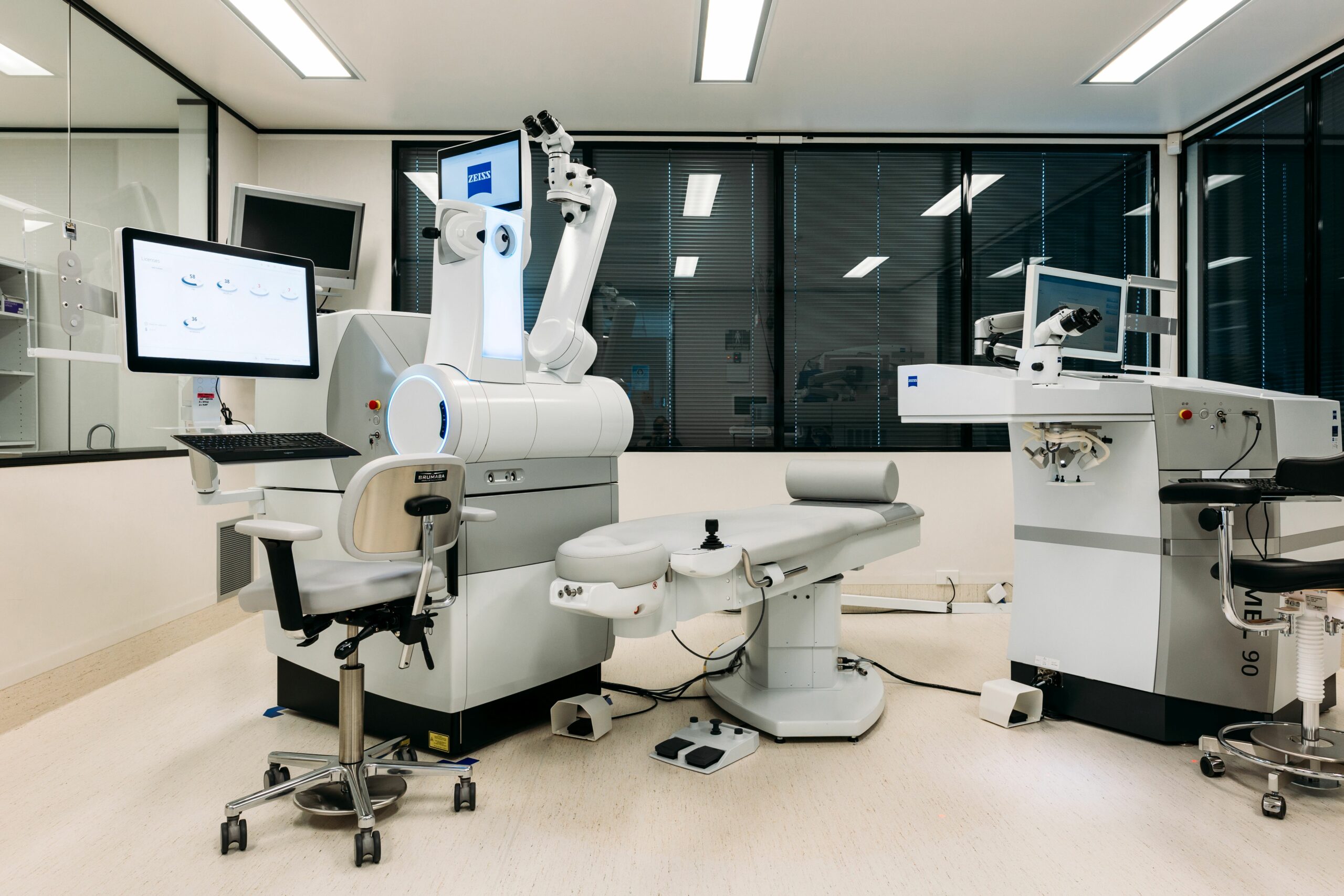
What to Expect on The Day of Surgery

